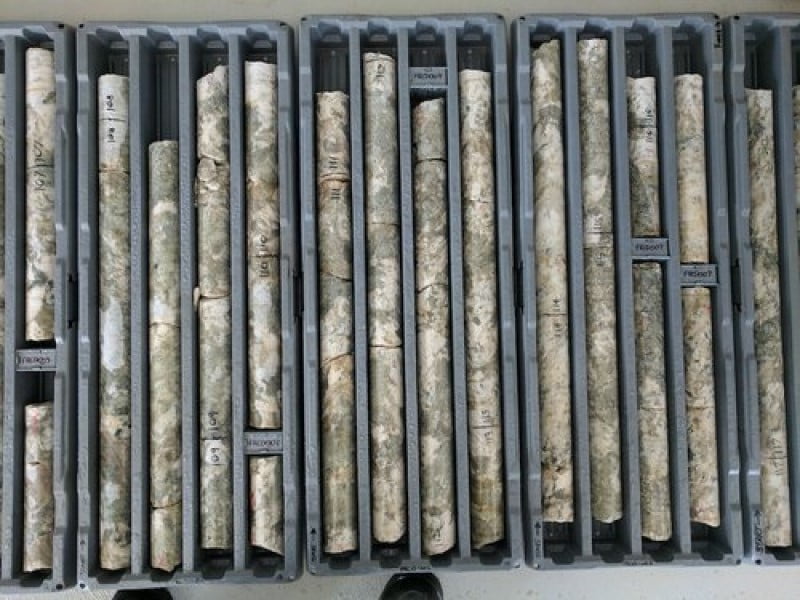A near-$34 million lithium mine south of Darwin has received environmental go-ahead from the Northern Territory government.
BP33 is the second mine along the Cox Peninsula to receive environmental approval along with the Grants Lithium Project, both owned by the ASX-listed Core Lithium.
The BP33 mine is part of the Finiss Lithium Project, which holds roughly 15 million tonnes of mineral resources at a concentration of 1.3 per cent lithium oxide. BP33 itself has about 3.24 million tonnes of mineral resources at a concentration of 1.51 per cent lithium oxide. The state government expects BP33 to create 60 construction jobs and support between 120 and 150 operational jobs.

Following the introduction of the Environment Protection Act 2019, this is the second project to receive approval under the legislation. The Northern Territory Minister for Environment Eva Lawler said that the legislation was beneficial for the state.
“The Territory Labor Government’s reformed environment protection legislation commenced in 2020, providing Territorians with an improved environmental regulatory regime,” Ms Lawler said.
“This Environmental Approval follows a thorough assessment of potentially significant environmental impacts by the NT EPA – it is the second to be granted under the EP Act, and the first for a mine. We will continue to work with Core Lithium on this project to ensure the best outcomes.”
Core Lithium received a 25-year lease for the BP33 site in January 2021. The company then undertook a definitive feasibility study for the Finniss project in mid-2021 and began construction in October 2021. Production is expected to commence by the end of the year.
The study expects the project to annually produce 173,000 of lithium oxide concentrate, which is a concentration of 5.8 percent. Overall, the total pre-production capital expenditure on the project is $89 million.
The Finniss project was given Major Project Status by the federal government in March 2021, streamlining the process of receiving regulatory approval from federal bodies.
At the time then-Minister for Industry Karen Andrews said the project “will be able to supply markets in Asia and Europe with critical minerals, and have the potential to increase downstream processing, increasing supply chain diversification”.
Demand for lithium in rechargeable batteries, electric vehicles, and storage of wind and solar energy is expected by credit rating agency S&P to more than triple between 2019-2025.
According to the Department of Industry Australia produced 49 per cent of the world’s lithium in 2020, with exports to rise from 217,000 tonnes in 2020-21 to 373,000 tonnes in 2022-23, measured in lithium carbonate equivalent.
The Northern Territory government has invited residents to continue to submit their thoughts on other projects which are also open for consultation here.
Do you know more? Contact James Riley via Email.

